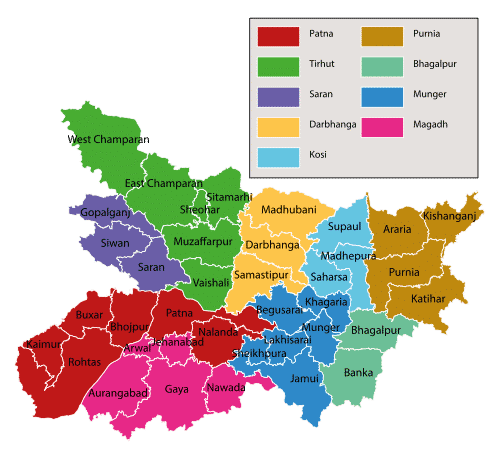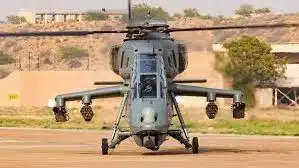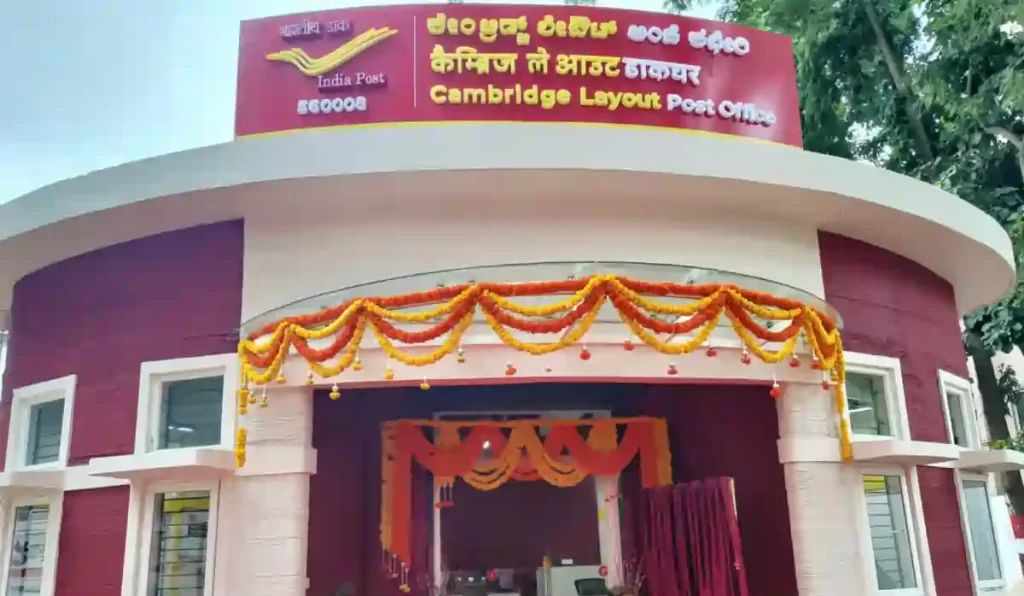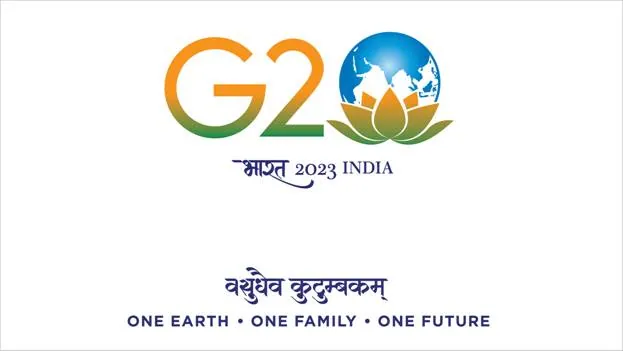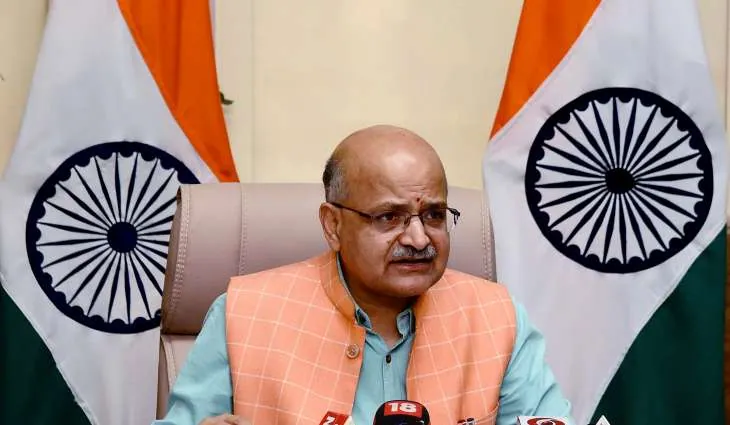The PSLV-C51 rocket with Amazonia-1 as the main payload also carried 18 small satellites as co-passengers with five being Indian satellites and 13 from the US. Four of the co-passenger satellites were signed for launch by IN-SPACe, ISRO’s small satellites facilitation agency, and 14 were signed up through NSIL for commercial launch.
- Among the five Indian small satellites launched on the PSLV-C51, three are UNITYsats built by students from different engineering colleges.
- Fourth one called the Satish Dhawan Sat (SDSAT) was built by the firm Space Kidz India.
- The fifth Indian satellite on the launch was the Sindhu Netra, a commercial payload to demonstrate technology.
- The commercial small satellites from the US on board the PSLV-C51 were SAI-1 Nano Connect 2, a technology demonstrator, and 12 SpaceBEEs for two-way satellite communication and data relay.
- The PSLV-C51 launch was the 53rd flight of the PSLV and the third in a new power configuration.
About Amazonia-1
- Placed in sun synchronous orbit
- Weight : 637 Kg
- The Amazonia-1 remote sensing satellite is the first satellite designed, developed and launched by the Brazilian space research agency and is intended to monitor deforestation and agricultural activities in the Amazon region in Brazil.
- The satellite has been under development in Brazil for nearly two decades.
About NSIL
- The PSLV C-51 launch was also the first full-fledged commercial satellite launch for New Space India Limited (NSIL), a commercial arm of ISRO created in 2019 to commercialise ISRO research and capabilities.
- The NSIL has in the past had three launches involving auxiliary small satellites.
Also refer :
- Download the pdf of Important MCQs From the History Of Ancient India
- List Of Important Inscriptions In India
- बिहार आर्थिक सर्वेक्षण रिपोर्ट : 2020-21.


